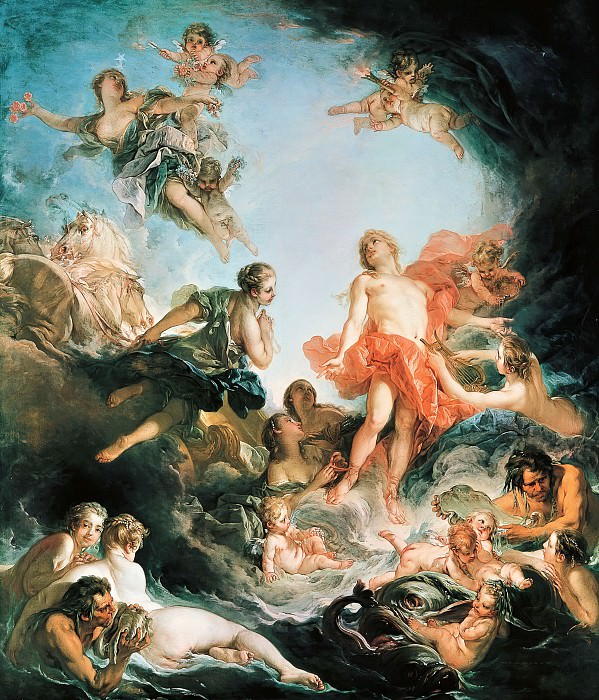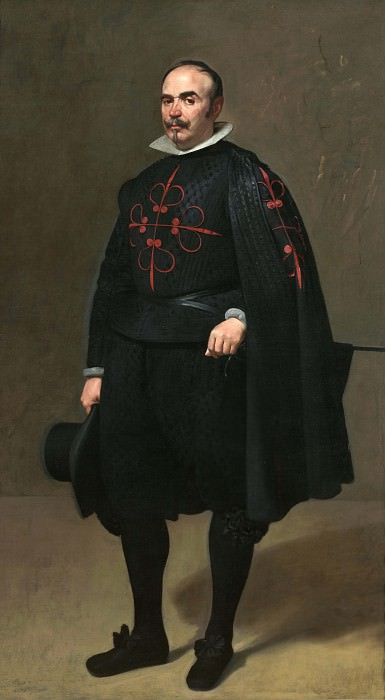Exploring the Art of Jeff Koons: A Comprehensive Overview
Jeff Koons is one of the most prominent and controversial contemporary artists of the late 20th and early 21st centuries. His work, often characterized by its use of bright colors, shiny surfaces, and playful subject matter, has elicited a range of responses from both critics and the public. Koons' art challenges traditional notions of beauty, value, and taste, making him a significant figure in the discourse of contemporary art.
Born in York, Pennsylvania, in 1955, Jeff Koons grew up in a family that supported his artistic ambitions. His early exposure to art came from his mother, a former interior decorator, and his father, who was a successful paint salesman. This background helped shape Koons' understanding of art and consumerism, themes that would become central to his work. Koons studied at the School of the Art Institute of Chicago and later earned a Bachelor of Fine Arts degree from the Maryland Institute College of Art. His early career involved working as a guard at the Museum of Modern Art in New York, an experience that exposed him to some of the most influential works of modern art and provided him with valuable insights into the art world.
Jeff Koons' art is often associated with his use of mass-produced objects and imagery. He gained widespread recognition with his "Banality" series in the 1980s, which featured sculptures of popular culture icons rendered in high-gloss porcelain. These works, including pieces like "Michael Jackson and Bubbles" and "Pink Panther," critique the commercialization of art and the blurring of boundaries between high and low culture. By using familiar, often kitschy imagery, Koons prompts viewers to reconsider their perceptions of art and its role in society.
One of the most iconic aspects of Koons' work is his use of "readymades" – everyday objects that are elevated to the status of art through their presentation and context. His "Balloon Animals" series is a prime example of this approach. These sculptures, which mimic the appearance of balloon animals made by street performers, are crafted in stainless steel with mirror-like surfaces. The reflective quality of the sculptures enhances their visual appeal and invites viewers to see themselves in the artwork. The use of bright, vibrant colors and the playful nature of the subject matter create a sense of joy and wonder, which contrasts with the often serious and contemplative nature of traditional art.
Koons' fascination with consumer culture and mass media is evident in his "Gazing Ball" series, where classical sculptures and paintings are paired with reflective blue glass spheres. These gazing balls serve as a metaphor for the way contemporary culture gazes back at historical art, blending past and present in a dialogue about the nature of art and its reception. The reflective quality of the gazing balls also invites viewers to engage with the artwork on a personal level, as they see their own reflections alongside the classical references.
Another significant aspect of Koons' work is his exploration of the relationship between art and commerce. His large-scale sculptures, such as "Play-Doh" and "Hulk Elvis," often require extensive production processes and involve collaboration with skilled artisans. Koons' approach to art-making emphasizes the role of the artist as a director rather than a hands-on creator. This method, which involves overseeing the production of his works and working with a team of skilled craftsmen, reflects his belief in the value of collaboration and the importance of conceptualizing art in a broader economic context.
Koons' art has often been described as both provocative and controversial. His work challenges conventional notions of artistic authenticity and the role of the artist. Critics have accused him of prioritizing commercial success over artistic integrity, while others argue that his work represents a critical commentary on consumer culture and the commodification of art. Despite these debates, Koons' influence on contemporary art is undeniable. His innovative use of materials, playful subject matter, and engagement with consumer culture have established him as a leading figure in the art world.
Koons' career has been marked by both commercial success and critical acclaim. His works have been exhibited in major museums and galleries around the world, including the Museum of Modern Art in New York, the Guggenheim Museum, and the Centre Pompidou in Paris. His auctions have achieved record-breaking prices, reflecting the high demand for his work and the significant impact he has had on the art market. Despite the commercial success, Koons continues to be a polarizing figure, with his art sparking discussions about the nature of creativity, the value of art, and the role of the artist in contemporary society.
In recent years, Koons has continued to explore new themes and materials in his work. His "Antiquity" series, for example, incorporates classical motifs and references to ancient art, juxtaposed with contemporary elements to create a dialogue between different historical periods. This series reflects Koons' ongoing interest in the intersection of past and present, as well as his commitment to challenging traditional boundaries in art.
Jeff Koons' contributions to contemporary art extend beyond his own creations. He has been a significant influence on other artists and has played a key role in shaping the discourse around art and its relationship to consumer culture. His work continues to provoke thought and debate, making him a vital figure in the ongoing conversation about the nature of art in the modern world.
In summary, Jeff Koons' art is characterized by its exploration of consumer culture, its use of mass-produced imagery, and its engagement with contemporary issues. His innovative approach to materials and production, combined with his provocative subject matter, has established him as a major figure in the art world. Koons' work challenges traditional notions of beauty, value, and authenticity, prompting viewers to reconsider their perceptions of art and its role in society. His influence extends beyond his own creations, shaping the discourse around contemporary art and contributing to ongoing discussions about the nature of creativity and the value of artistic expression.
Jeff Koons is one of the most prominent and controversial contemporary artists of the late 20th and early 21st centuries. His work, often characterized by its use of bright colors, shiny surfaces, and playful subject matter, has elicited a range of responses from both critics and the public. Koons' art challenges traditional notions of beauty, value, and taste, making him a significant figure in the discourse of contemporary art.
Born in York, Pennsylvania, in 1955, Jeff Koons grew up in a family that supported his artistic ambitions. His early exposure to art came from his mother, a former interior decorator, and his father, who was a successful paint salesman. This background helped shape Koons' understanding of art and consumerism, themes that would become central to his work. Koons studied at the School of the Art Institute of Chicago and later earned a Bachelor of Fine Arts degree from the Maryland Institute College of Art. His early career involved working as a guard at the Museum of Modern Art in New York, an experience that exposed him to some of the most influential works of modern art and provided him with valuable insights into the art world.
Jeff Koons' art is often associated with his use of mass-produced objects and imagery. He gained widespread recognition with his "Banality" series in the 1980s, which featured sculptures of popular culture icons rendered in high-gloss porcelain. These works, including pieces like "Michael Jackson and Bubbles" and "Pink Panther," critique the commercialization of art and the blurring of boundaries between high and low culture. By using familiar, often kitschy imagery, Koons prompts viewers to reconsider their perceptions of art and its role in society.
One of the most iconic aspects of Koons' work is his use of "readymades" – everyday objects that are elevated to the status of art through their presentation and context. His "Balloon Animals" series is a prime example of this approach. These sculptures, which mimic the appearance of balloon animals made by street performers, are crafted in stainless steel with mirror-like surfaces. The reflective quality of the sculptures enhances their visual appeal and invites viewers to see themselves in the artwork. The use of bright, vibrant colors and the playful nature of the subject matter create a sense of joy and wonder, which contrasts with the often serious and contemplative nature of traditional art.
Koons' fascination with consumer culture and mass media is evident in his "Gazing Ball" series, where classical sculptures and paintings are paired with reflective blue glass spheres. These gazing balls serve as a metaphor for the way contemporary culture gazes back at historical art, blending past and present in a dialogue about the nature of art and its reception. The reflective quality of the gazing balls also invites viewers to engage with the artwork on a personal level, as they see their own reflections alongside the classical references.
Another significant aspect of Koons' work is his exploration of the relationship between art and commerce. His large-scale sculptures, such as "Play-Doh" and "Hulk Elvis," often require extensive production processes and involve collaboration with skilled artisans. Koons' approach to art-making emphasizes the role of the artist as a director rather than a hands-on creator. This method, which involves overseeing the production of his works and working with a team of skilled craftsmen, reflects his belief in the value of collaboration and the importance of conceptualizing art in a broader economic context.
Koons' art has often been described as both provocative and controversial. His work challenges conventional notions of artistic authenticity and the role of the artist. Critics have accused him of prioritizing commercial success over artistic integrity, while others argue that his work represents a critical commentary on consumer culture and the commodification of art. Despite these debates, Koons' influence on contemporary art is undeniable. His innovative use of materials, playful subject matter, and engagement with consumer culture have established him as a leading figure in the art world.
Koons' career has been marked by both commercial success and critical acclaim. His works have been exhibited in major museums and galleries around the world, including the Museum of Modern Art in New York, the Guggenheim Museum, and the Centre Pompidou in Paris. His auctions have achieved record-breaking prices, reflecting the high demand for his work and the significant impact he has had on the art market. Despite the commercial success, Koons continues to be a polarizing figure, with his art sparking discussions about the nature of creativity, the value of art, and the role of the artist in contemporary society.
In recent years, Koons has continued to explore new themes and materials in his work. His "Antiquity" series, for example, incorporates classical motifs and references to ancient art, juxtaposed with contemporary elements to create a dialogue between different historical periods. This series reflects Koons' ongoing interest in the intersection of past and present, as well as his commitment to challenging traditional boundaries in art.
Jeff Koons' contributions to contemporary art extend beyond his own creations. He has been a significant influence on other artists and has played a key role in shaping the discourse around art and its relationship to consumer culture. His work continues to provoke thought and debate, making him a vital figure in the ongoing conversation about the nature of art in the modern world.
In summary, Jeff Koons' art is characterized by its exploration of consumer culture, its use of mass-produced imagery, and its engagement with contemporary issues. His innovative approach to materials and production, combined with his provocative subject matter, has established him as a major figure in the art world. Koons' work challenges traditional notions of beauty, value, and authenticity, prompting viewers to reconsider their perceptions of art and its role in society. His influence extends beyond his own creations, shaping the discourse around contemporary art and contributing to ongoing discussions about the nature of creativity and the value of artistic expression.















